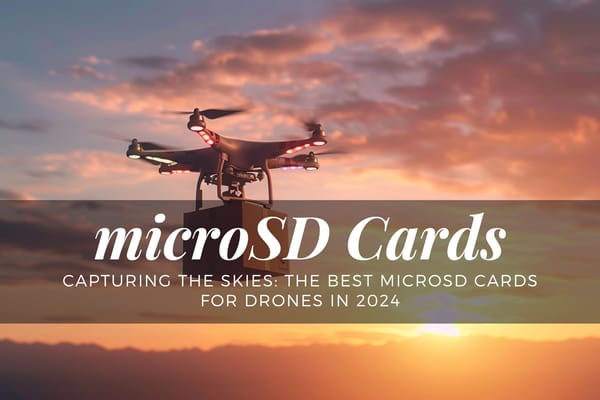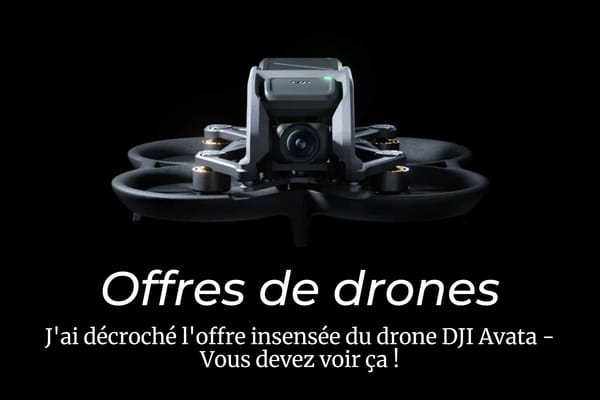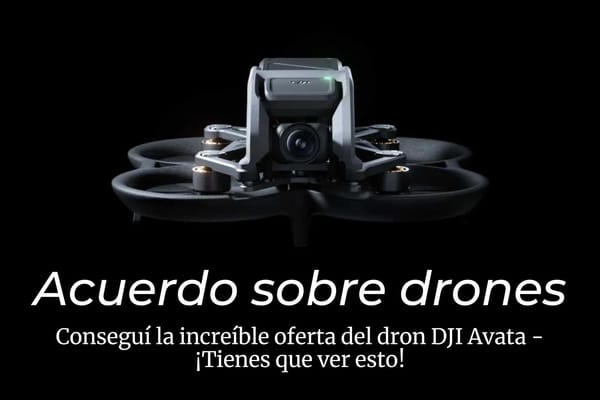How To Prepare For A Drone Flight
Drones are all the rage these days. It seems like everyone wants to get their hands on one of these flying wonders, but there is a lot more to them than meets the eye. The article will show you how to prepare for a drone flight so that you can take off with confidence and not worry about crashing!
Flying drones has become popular in recent years, but it takes some know-how before taking off into the sky. whether you're just starting out or want to refresh yourself on the basics of flying a drone, I've put together a comprehensive guide to give you some valuable tips and resources along the way. There are some common misconceptions about drones.

Some people think that you need to be a programmer or have special skills, but really it's just like driving a car. You may want to start with a smaller drone so that you can practice before taking on the big boys. It's important to learn how your drone flies and handles; there is no room for error when flying high in the sky!
Every person who pilots a drone needs to know how to prepare for the flight, what safety precautions should be taken before every flight, how to hover safely without crashing, and what measures should be taken if the pilot loses sight of their drone or can't find it.
A drone is a flying device that is usually controlled by an operator or pilot on the ground, using two handheld controllers to control its flight movements and camera angles in the air. There are many different kinds of drones but they all have one thing in common - they make things much easier for people who would otherwise be unable to accomplish tasks such as taking buttery smooth aerial shots of scenery, sports or large points-of-interest.
Before Taking Off

1) Make sure the area around the takeoff location is clear of any people or objects which could interfere with the drone's navigation or cause injury.
2) Make sure the drone's battery is fully charged before takeoff.
3) Check that all of the accessories for your drone are available and accounted for (e.g., propellers, extra batteries, landing pad).
4) Ensure that you have a good view of the sky in order to maintain awareness of potential hazards such as low-flying aircraft or other drones which may be near you during flight.
5) Familiarize yourself with how to fly your particular model of drone so that you have the basic skills to perform basic manoeuvres and avoid crashing it.
Takeoff & Landing
When starting out, set up your takeoff and landing spots far away from people, buildings or powerlines. It could be helpful to take off in an empty sports complex at midday when no one is there.
Maintain the same speed and altitude while taking off. Slowly start moving your fingers on the controls to make your drone take off. Once it's airborne, gradually push the throttle higher to increase its airspeed - this will ensure that you can get up high enough before you have to worry about "losing control." The trick is all in knowing how much space you need for takeoff, so don't be afraid of making a few failed attempts!
It's important to make sure you have a flat surface to take off and land from. It might be worth getting a landing pad so you can essentially bring your own anywhere.
Check local laws about flying drones on public property. 2) Always keep an eye on
Getting High Up There
Once your drone has reached a stable altitude and is hovering safety. It can be important on many drones to let it remain here for 20 to 30 seconds so the drone can save it's location in case it needs to return home at any point during your drone flight. This is also the point where you can start to fly in any direction that you choose. The skies are completely and utterly open to you, enabling you to make your mark on the world.
How To Get Home - Getting Lost During Your Drone Flight
If, during your drone flight, you have lost sight of your drone or are too far away to control it and need to find out how to get home from your current location. This is where you need to take a deep breath and remain calm, it's going to be ok!
Newer drone units have backup functions that aid in avoiding losing your quadcopter forever. If this feature works properly, your drone might hover in the air or return back to where you originally took off the ground. You likely will have a return-to-home button on your controller which will instruct the drone to return immediately to your take-off location.
In the worst case scenario, you will need to call or live chat with your drone manufacturer for assistance with looking over your flight log and determine what was at fault. If they are available, then you should get help from them as soon as possible. They can use these programs or agents to see where your drone is located in relation to you and take action accordingly.
What if I Can't Find My Drone?
Many drones also have functionality much like "Find my iPhone" where the drone flight app will display the last known location the drone connected to your controller or phone. This can help you not only locate the drone but also limit the amount of area you will need to cover in order to search for it.
In order to make the most of your drone flight, you need to be prepared. This article will provide you with a step-by-step process for how to fly a drone and prepare for any scenario that may arise. Read on to learn about what you should do before taking off, during flight, and after landing.
What next?
WeFlyWithDrones will teach you everything you need to know about flying drones from the basics all the way up to advanced techniques so that even beginners can feel comfortable filming some cool shots of nature or taking footage of family moments.
If you ever feel stuck, please reach out and comment on the blog post, I love hearing from people and help when I can! I will get back to you as soon as I can. :)


